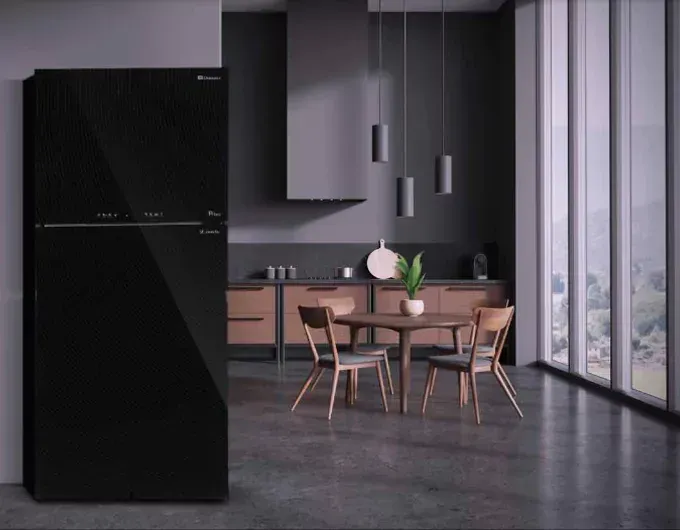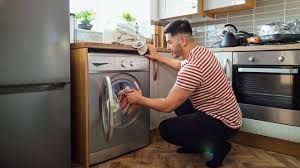Top 10 Frequently Asked Questions About Whirlpool Dryers
Q: Why isn't my Whirlpool dryer heating?
A: If your Whirlpool dryer isn't heating, it could be due to several issues. The most common cause is a faulty heating element. Other potential issues include a blown thermal fuse, a defective cycling thermostat, or a problem with the power supply. It’s also worth checking the lint filter and exhaust vent for blockages, as restricted airflow can cause heating problems. To troubleshoot, start by checking the heating element for continuity using a multimeter. If it's broken, replace it. If the element is fine, test the thermal fuse and thermostat next.
Q: Why won't my Whirlpool dryer start?
A: A Whirlpool dryer that won't start might have a blown thermal fuse, a faulty door switch, or a malfunctioning start switch. Electrical issues, such as a tripped circuit breaker or a damaged power cord, can also be the cause. Begin troubleshooting by ensuring the dryer is properly plugged in and the circuit breaker hasn’t tripped. If these are fine, check the thermal fuse for continuity. If it’s blown, replace it. Next, inspect the door switch and start switch for any signs of damage and replace them if necessary.
Q: Why does my Whirlpool dryer take too long to dry clothes?
A: If your dryer is taking too long to dry clothes, it’s often due to restricted airflow caused by a clogged lint filter or exhaust vent. Ensure the lint filter is clean and the exhaust vent is free from obstructions. Another possibility is a malfunctioning heating element or thermostat, which may not be providing consistent heat. Additionally, overloading the dryer can cause inefficiency. Check these components and clean the vent system to improve drying times.
Q:Why is my Whirlpool dryer making loud noises?
A: Loud noises from your Whirlpool dryer can be attributed to several factors, such as worn drum rollers, a damaged drive belt, or a faulty blower wheel. Over time, these components can wear out and cause squealing, thumping, or grinding noises. To diagnose the issue, inspect the drum rollers for signs of wear and replace them if necessary. Check the drive belt for any cracks or fraying and ensure the blower wheel is securely attached and free from obstructions.
Q: Why does my Whirlpool dryer keep shutting off?
A: A dryer that shuts off prematurely could be overheating due to a blocked exhaust vent, a faulty thermostat, or a malfunctioning thermal fuse. Overheating often triggers the thermal fuse to cut off power to prevent fire hazards. Check the exhaust vent for blockages and clean it thoroughly. Test the thermostat and thermal fuse for continuity and replace any faulty components. Additionally, avoid overloading the dryer, as this can strain the motor and cause it to overheat.
Q: Why is my Whirlpool dryer not spinning?
If your dryer drum isn’t spinning, it could be due to a broken drive belt, a faulty motor, or worn drum rollers. Start by unplugging the dryer and checking the drive belt for any signs of wear or breakage. If the belt is intact, inspect the motor and drum rollers for any issues. Replacing the drive belt is often a straightforward fix, but motor or roller issues might require professional assistance.
Q: Why is my Whirlpool dryer overheating?
A: Overheating in a Whirlpool dryer is usually caused by poor airflow due to a clogged lint screen or blocked exhaust vent. It can also be caused by a malfunctioning thermostat or a heating element that isn’t cycling off. Regularly clean the lint filter and exhaust vent to ensure proper airflow. If cleaning doesn’t resolve the issue, test the thermostat and heating element for functionality and replace any faulty components to prevent overheating.
Q: Why does my Whirlpool dryer smell like it’s burning?
A: A burning smell from your dryer can indicate lint buildup in the exhaust vent or inside the dryer drum, which can ignite due to the heat. It may also be caused by a malfunctioning component, such as the heating element or motor. To address this, clean the lint filter and exhaust vent thoroughly. If the smell persists, inspect the dryer’s internal components for any signs of damage or overheating and replace any defective parts.
Q: Why won't my Whirlpool dryer door stay closed?
If the dryer door won’t stay closed, the door latch or catch might be worn or damaged. Over time, these components can lose their grip, preventing the door from staying shut. Inspect the door latch and catch for any signs of wear or breakage and replace them if necessary. Ensure there are no obstructions preventing the door from closing properly and that the hinges are aligned correctly.
Q: Why is my Whirlpool dryer vibrating excessively?
A: Excessive vibration in a dryer can be caused by an unbalanced load, misaligned drum, worn drum rollers, or loose components. Ensure the dryer is on a level surface and adjust the leveling legs if needed. Check the drum rollers for wear and replace them if necessary. Inspect other components, such as the blower wheel, for signs of damage or misalignment, and secure any loose parts to reduce vibration.
You might also like
Educational Center
Book a Service Today
We will get back to you as soon as possible
Please try again later
Quick & Reliable
We are available 24/7
About Us
Authorized Appliance is an appliance repair contractor referral service. We connect you with appliance contractor in your area. All contractors are operated independently of Authorized Appliance. It is the responsibility of each user to verify that the contractor connected with meets all licensing and insurance requirements in that jurisdiction.
All Rights Reserved - Authorized Appliance




